From Amorphophallus to Zamioculcas, members of the aroidacea family are the quintessential, tropical foliage plants. If you look at any tropical landscape painting, you will see many examples of aroid plants. Many aroids are climbers, such as the Philodendrons, or the “holey” leafed Monstera deliciosa. Many have very ornate foliage such as the Dieffenbachias (commonly known as dumb cane) which, due to their beauty and resilience, are popularly used as office and house plants the world over. Many are evergreen perenials, but some grow from tubers, and are seasonal. Caladiums, voodoo lilies, and calla lilies are some examples of this.
The Aroids may have many different shapes and forms, but they are all easily identifiable by their flowers. The striking flowers of anthuriums, calla lilies, and peace lilies, are quite familiar to most people.
Diagram 1. All aroids share a flower structure such as the one in the diagram above. The spadix, which is actually a compound flower, is the reproductive portion of an aroid inflorescence. The spathe is not a petal, but it often serves the same purpose as a petal. The spathe is actually a bract, which is a sheath that covers an inflorescence.
Diagram 2. The pistilate flowers are found near the bottom of the spadix, with the staminate flowers located just above them, as is shown in the diagram above. The tip of the spadix is usually devoid of flowers.
The female flowers mature before the male flowers do, and because of this, the stigmata of the female flowers are no longer receptive by the time the male flowers release pollen. This ensures that self pollination doesn’t occur. If you want to pollinate an aroid plant, you have to have multiple inflorescenses maturing at slightly different times in order to have both viable pollen, and receptive pistilate flowers at the same time.
Though all aroids share this same flower structure, most of them have very inconspicuous flowers. Pothos, Dieffenbachia, Philodendron, Monstera, Allocasia, Zamioculcas, and Caladiums are some of the plants in the aroidacea family whose foliage vastly outshines their flowers.

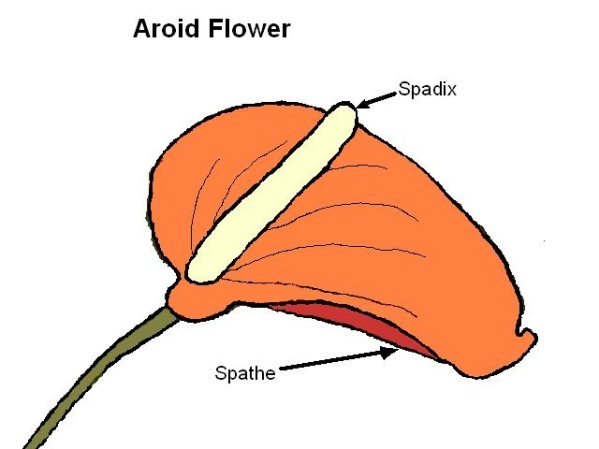
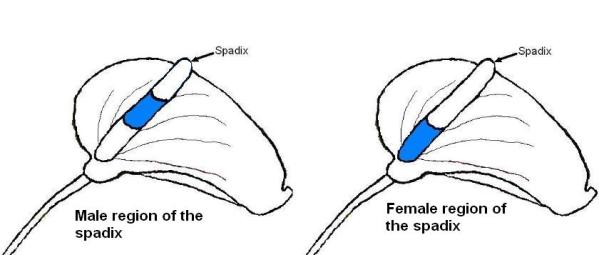
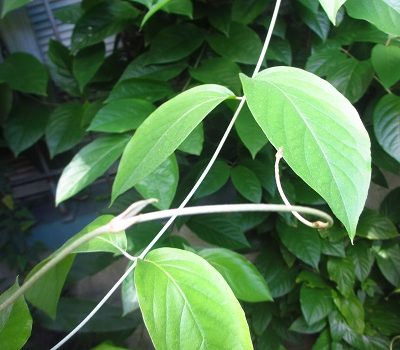
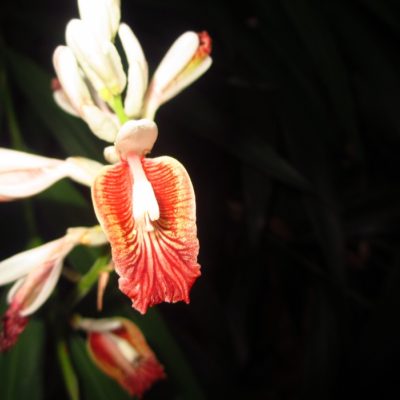
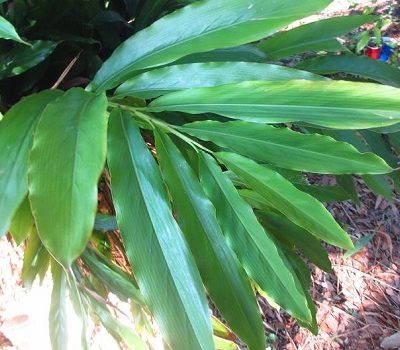
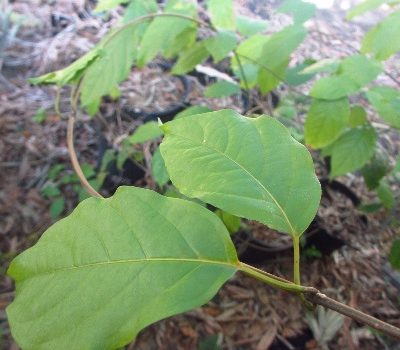
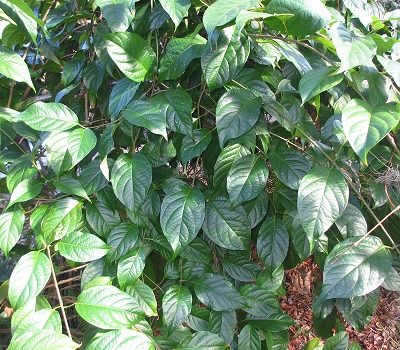
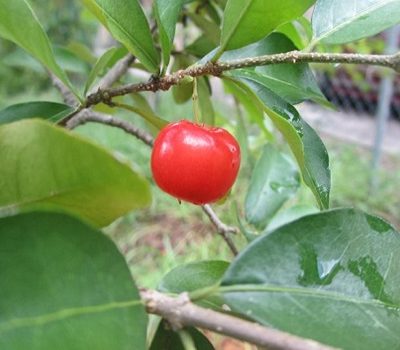
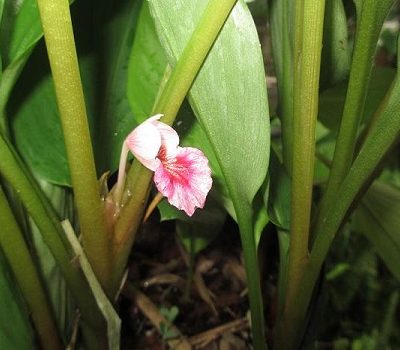
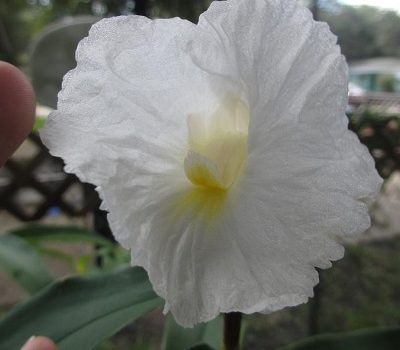
Hey there! I simply want to give you a huge thumbs up for the excellent info you’ve got right here on this post. I am coming back to your blog for more soon.|